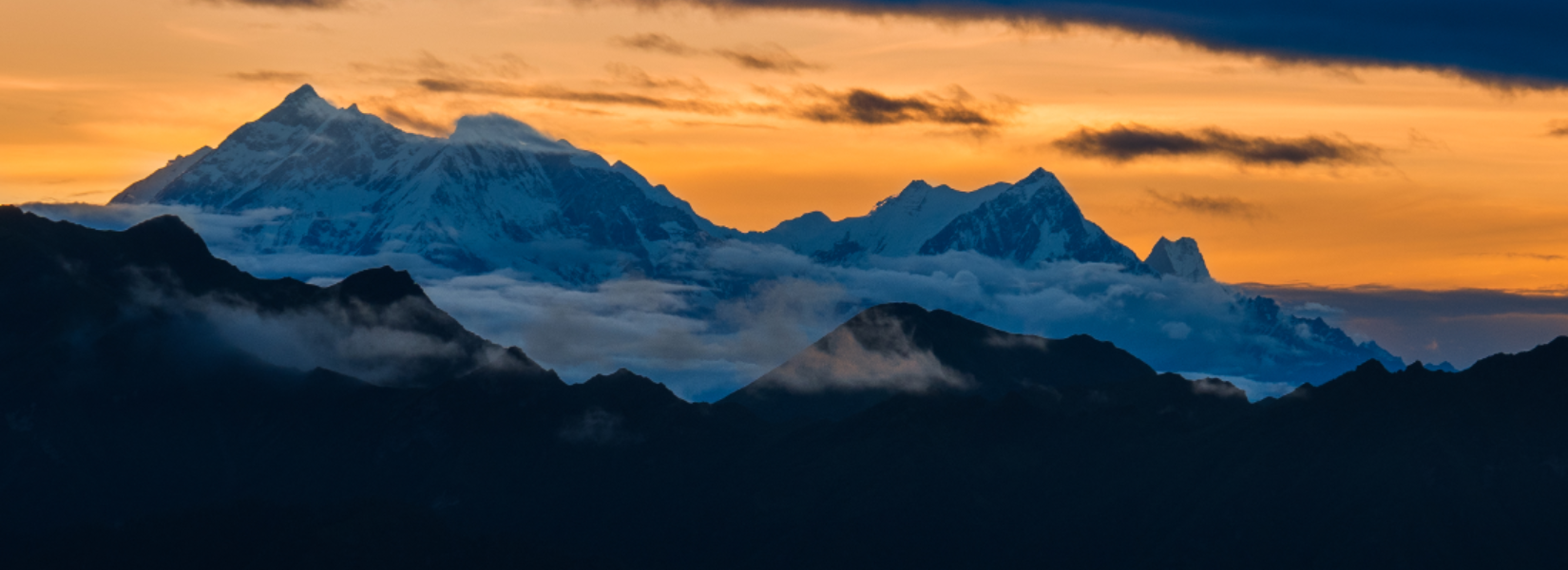About Dhorpatan Hunting Reserve
Dhorpatan Hunting Reserve is extending over an area of 1325 square kilometers which is situated at Rukum, Myagdhi, and Baglung District. This Hunting reserve area is in the Dhaulagiri Himal range of Nepal. It is only one hunting reserve in Nepal which was established in 1987. Both Nepalese and foreigner hunters can hunt for blue sheep and other game animal. In this hunting reserve, there are some endangered animals like Musk deer, Red Panda, Cheer Pleasant and Danphe is preserved in this area. And you are not allowed to hunt these endangered animals, and you are allowed to hunt only four animals in this area.
Most of the reserve is recognized for its abundant and breathtaking scenery where visitor to Dhorpatan may anticipate seeing a great diversity of plants and animals. For hunting, the priority is often given controlling pollution of certain species to mitigate human-wildlife conflict or maintain ecological balance. It is certain to be memorable experience where you can hike the paths and participates in campaigns to protect animals. More than 50% of area is reserved at higher elevation and at this hunting reserve the common species of plant like pine, fir, brich, rhododendron, hemlock, oak, juniper, and many more.
In this hunting reserve, there are almost 852 species of blue sheep, 137 species of birds, 18 species of mammals, and 58 species of plants are preserved here. This hunting reserve is famous among trekkers who wish to visit remote places experience of cultural and natural beauty of Nepal. On this route, we get to know about the culture and tradition of Magar, Thakali and Gurung. It will be a different experience for those who want to learn new things where you get magnificent views of Dhaulagiri and Annapurna.
Major things to do at Dhorpatan Hunting Reserve
The major things to do at Dhorpatan Hunting Reserve are:
Blue sheep hunting: On this tour, you will get a permission to hunt Himalayan blue sheep. It will become an unforgettable experience of your lifetime. For hunting, you have to be physically and mentally ready where the trip tests your endurance and patience.
Combo hunting: In this combo hunting, you will have permission to hunt both Himalayan Thar and Himalayan Blue sheep. Even though, it is a little bit expensive, it gives lots of excitement experience.
Trekking: On this tour, you get an opportunity to explore through beautiful hills on this route. Horse riding is the best way to explore Dhorpatan where you get an opportunity to see many endangered animals. The endangered animals like Musk deer, Red Panda, Cheer Pleasant and many more.
Bird watching: On this route, you will get a chance to see about 137 species of birds. For the better views of birds, you have to take Binocular with you. We can see other birds like Koklass pheasant, Cheer pheasant, impeyan pheasant, Danphe and other birds.
Permits and Regulations
Before embarking, you have to learn about the rules and regulation of this trip what you can do or what you can’t do. If you are planning to visit this hunting reserve, you have to take a permit from the Department of National Park and wildlife conservation. Only limited licensed is issued by Nepal government every year. So only few people will get hunting licenses. The permit specifies about the hunting season, its duration and quantities of animal that can be hunted. It is better to go with experienced hunting guide. You are also requested to follow the guidance of your hunting guide to ensure your safety. Visitors can enjoy the excitement of hunting.
Things needed for Dhorpatan Hunting Reserve
It is very important to pack things before embarking on this route. While embarking on this trip, you have to stay at camp, so it is better to pack camping equipment. Binocular is also needed for bird watching and wildlife. It is better to pack long sleeves pant and t-shirt, comfortable shoes or hiking boots, hunting gear and ammunition and first-aid kits before embarking here. You are requested to keep photocopy of your passport, extra passport-sized photos, and travel insurance document with you.
